Planets
MERCURY
Mercury is the smallest and innermost planet in our solar system, located closest to the Sun. Here are some key facts about Mercury:
- Size and Composition: Mercury has a diameter of about 4,880 kilometers (3,032 miles), making it slightly larger than Earth’s Moon. It is composed mostly of rock and metal, with a large iron core that makes up about 60% of its mass.
- Orbit and Rotation: Mercury orbits the Sun at an average distance of approximately 58 million kilometers (36 million miles). It has the shortest orbital period of any planet in the solar system, completing one orbit roughly every 88 Earth days. Mercury also has a slow rotation period, taking about 59 Earth days to complete one rotation on its axis. However, due to its eccentric orbit and slow rotation, a day on Mercury (one complete day-night cycle) lasts about 176 Earth days.
- Surface Features: Mercury’s surface is heavily cratered and resembles the Moon’s surface. It lacks significant geological activity like tectonic plate movements or volcanic eruptions. There are also large plains known as “maria” (Latin for “seas”), although these are unrelated to water and were likely formed by volcanic activity in the past.
- Temperature Extremes: Despite being the closest planet to the Sun, Mercury’s surface temperatures vary dramatically. During the day, temperatures can soar to around 430°C (800°F) due to the Sun’s intense heat. However, because Mercury has virtually no atmosphere to trap heat, temperatures drop drastically at night, plunging to around -180°C (-290°F).
- Atmosphere: Mercury has a very thin atmosphere, composed mainly of oxygen, sodium, hydrogen, helium, and potassium. However, it is so tenuous that it’s often described as an exosphere rather than a true atmosphere. The planet’s weak gravitational pull is unable to retain significant amounts of gas.
- Exploration: Mercury has been visited by only two spacecraft so far: NASA’s Mariner 10 in 1974-75 and MESSENGER (MErcury Surface, Space ENvironment, GEochemistry, and Ranging) in 2004-2015. These missions provided valuable data about Mercury’s surface, composition, magnetic field, and environment.
- Magnetic Field: Mercury has a weak magnetic field, about 1% as strong as Earth’s. It is thought to be generated by a dynamo effect similar to Earth’s magnetic field, although the exact mechanism is not fully understood.
- Future Missions: While there are no specific missions to Mercury planned at the moment, there is ongoing scientific interest in studying the planet further. Its proximity to the Sun and extreme environment make it a fascinating subject for understanding planetary formation and evolution.
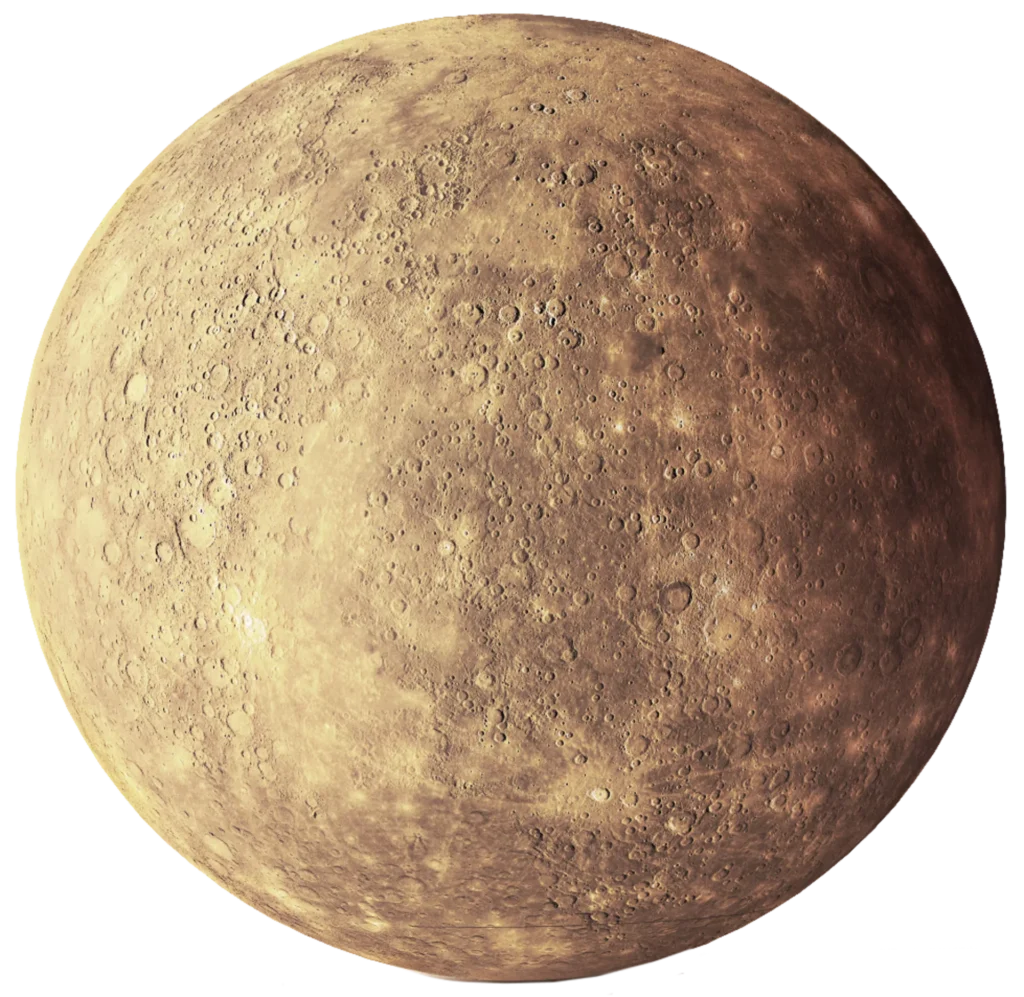
VENUS
Venus, often referred to as Earth’s “sister planet” due to its similar size and composition, is the second planet from the Sun in our solar system. Here are some key facts about Venus:
- Size and Composition: Venus has a diameter of about 12,104 kilometers (7,521 miles), making it slightly smaller than Earth. It is composed mainly of rock and metal, with a dense atmosphere primarily made up of carbon dioxide (about 96.5%) and clouds of sulfuric acid.
- Orbit and Rotation: Venus orbits the Sun at an average distance of approximately 108 million kilometers (67 million miles). It has a relatively slow rotation on its axis, taking about 243 Earth days to complete one rotation. Interestingly, Venus rotates in the opposite direction to most planets in the solar system, a phenomenon known as retrograde rotation. Additionally, Venus’ day (one complete rotation) is longer than its year (one orbit around the Sun).
- Atmosphere: Venus has a thick and toxic atmosphere composed mainly of carbon dioxide, with clouds of sulfuric acid droplets. The atmosphere creates a strong greenhouse effect, trapping heat and leading to extremely high surface temperatures. Surface pressure on Venus is about 92 times that of Earth’s, similar to the pressure found deep in Earth’s oceans.
- Surface Features: Venus’ surface is rocky and heavily cratered, similar to the Moon’s surface. It also features extensive volcanic plains, mountain ranges, and large impact craters. The planet’s surface is extremely hot, with temperatures averaging around 462°C (864°F), making it the hottest planet in the solar system.
- Geological Activity: While Venus does not have tectonic plate movements like Earth, it does exhibit evidence of past and possibly present volcanic activity. The planet’s surface is dotted with thousands of volcanoes, including large shield volcanoes and massive volcanic plains.
- Exploration: Venus has been the subject of numerous spacecraft missions, including flybys, orbiters, and landers. The Soviet Union’s Venera program conducted a series of successful landings on Venus in the 1970s and 1980s, providing valuable data about the planet’s surface and atmosphere. More recently, ESA’s Venus Express and Japan’s Akatsuki missions have also studied Venus from orbit.
- Magnetic Field: Unlike Earth, Venus has a very weak magnetic field. This lack of a significant magnetic field may contribute to the planet’s lack of a protective magnetosphere, allowing its atmosphere to be eroded by the solar wind over time.
- Future Missions: While there are no specific missions to Venus planned at the moment, there is ongoing scientific interest in studying the planet further. Understanding Venus’ extreme environment and geological history can provide valuable insights into the processes that shape rocky planets in our solar system.
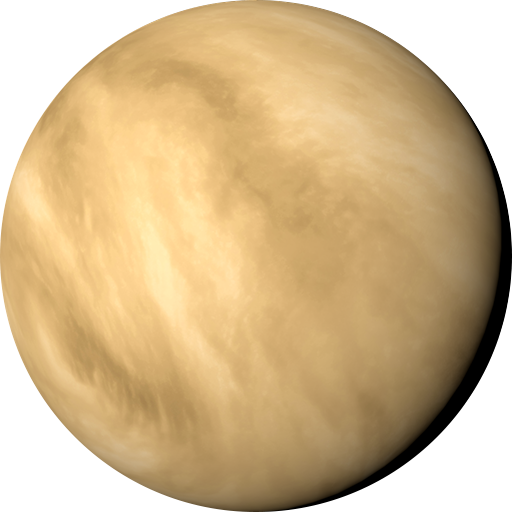
EARTH
Earth, the third planet from the Sun in our solar system, is the only known celestial body to support life. Here are some key facts about the Earth:
- Size and Composition: Earth has a diameter of approximately 12,742 kilometers (7,918 miles) and is composed of various layers, including the solid inner core, liquid outer core, mantle, and crust.
- Atmosphere: Earth’s atmosphere is primarily composed of nitrogen (about 78%) and oxygen (about 21%), with traces of other gases such as carbon dioxide, water vapor, and argon. The atmosphere plays a crucial role in regulating the planet’s temperature and protecting life from harmful solar radiation.
- Hydrosphere: Earth is often referred to as the “Blue Planet” due to its abundant water, covering approximately 71% of its surface. This water exists in various forms, including oceans, rivers, lakes, and glaciers.
- Geography: Earth’s surface features diverse landscapes, including mountains, valleys, plains, deserts, and forests. The continents are constantly shifting due to plate tectonics, driven by the movement of Earth’s lithospheric plates.
- Biosphere: Earth supports a rich variety of life forms, including plants, animals, fungi, and microorganisms. Life exists in various ecosystems, ranging from deep ocean trenches to high mountain peaks.
- Climate: Earth’s climate is influenced by factors such as solar radiation, atmospheric composition, ocean currents, and geographic features. Human activities, such as burning fossil fuels and deforestation, have led to changes in the Earth’s climate system, resulting in phenomena like global warming and climate change.
- Moon: Earth has one natural satellite, the Moon, which orbits around it. The Moon plays a significant role in Earth’s tides and has also been a subject of exploration and scientific study.
- Space Exploration: Humans have sent spacecraft to explore Earth’s orbit, the Moon, and other planets in the solar system. Satellites orbiting Earth provide valuable data for weather forecasting, communication, navigation, and scientific research.
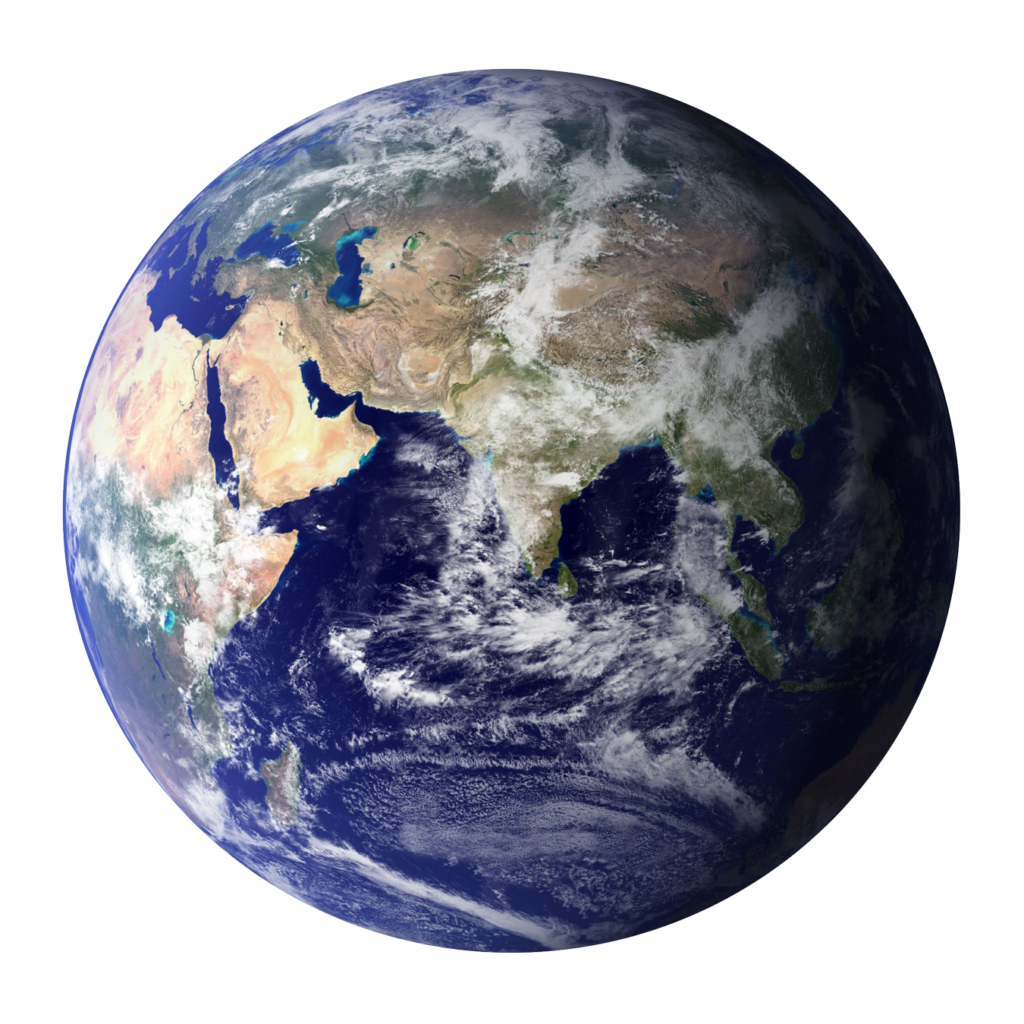
MARS
Mars, often referred to as the “Red Planet” due to its reddish appearance in the night sky, is the fourth planet from the Sun in our solar system. Here are some key facts about Mars:
- Size and Composition: Mars has a diameter of approximately 6,779 kilometers (4,212 miles), making it about half the size of Earth. It is composed primarily of rocky material and has a thin atmosphere consisting mostly of carbon dioxide.
- Surface Features: Mars has a diverse array of surface features, including vast plains, towering volcanoes, deep canyons, and polar ice caps. One of its most prominent features is Olympus Mons, the largest volcano in the solar system, and Valles Marineris, one of the largest canyons.
- Atmosphere: Although Mars’ atmosphere is much thinner than Earth’s, it still plays a crucial role in the planet’s climate and weather patterns. The atmosphere is primarily composed of carbon dioxide (95.3%), with small amounts of nitrogen, argon, and traces of oxygen and water vapor.
- Climate: Mars has a cold and dry climate, with surface temperatures ranging from about -143°C (-225°F) at the poles to around 35°C (95°F) near the equator during the summer. The thin atmosphere provides little insulation, resulting in significant temperature variations between day and night.
- Water: Evidence suggests that Mars was once a much wetter planet with flowing rivers, lakes, and possibly even oceans. Today, water exists mainly in the form of ice in polar ice caps and subsurface permafrost. There are also seasonal streaks called recurring slope lineae (RSL) that appear to be caused by flowing water.
- Exploration: Mars has been a target for exploration by both robotic spacecraft and, more recently, human missions. NASA, ESA (European Space Agency), and other space agencies have sent orbiters, landers, and rovers to study the planet’s surface, atmosphere, and geology. Notable missions include the Mars rovers Spirit, Opportunity, Curiosity, and Perseverance.
- Potential for Life: Mars is considered one of the most promising places to search for evidence of past or present life beyond Earth. While no direct evidence of life has been found yet, recent discoveries of organic molecules and methane in the Martian atmosphere have fueled interest in the possibility of microbial life existing beneath the surface.
- Future Missions: There are ambitious plans for future missions to Mars, including crewed missions by NASA, SpaceX, and other space agencies and private companies. These missions aim to further explore the planet’s surface, search for signs of life, and prepare for eventual human settlement.
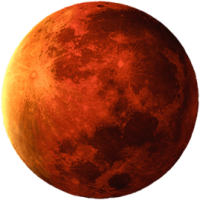
JUPITER
Jupiter, the largest planet in our solar system, is a gas giant located fifth from the Sun. Here are key aspects about Jupiter:
- Size and Composition: Jupiter is enormous, with a diameter of about 139,822 kilometers (86,881 miles), making it more than 11 times wider than Earth. It is primarily composed of hydrogen and helium, similar to the composition of the Sun, with a small rocky core at its center.
- Atmosphere: Jupiter’s atmosphere is thick and dynamic, featuring bands of clouds and storms. The most prominent feature is the Great Red Spot, a massive storm larger than Earth that has persisted for centuries. Other notable features include zones and belts, high-speed winds, and various cloud formations.
- Magnetic Field: Jupiter has an incredibly strong magnetic field, the strongest of any planet in our solar system. This magnetic field is about 14 times stronger than Earth’s and extends far beyond the planet, creating a magnetosphere that interacts with its moons and surrounding space environment.
- Moons: Jupiter has a vast system of moons, with over 80 known natural satellites. The four largest moons—Io, Europa, Ganymede, and Callisto, known as the Galilean moons—were discovered by Galileo Galilei in 1610 and are among the most fascinating objects in the solar system. They exhibit diverse features, including volcanic activity on Io, potential subsurface oceans on Europa, and heavily cratered surfaces on Callisto and Ganymede.
- Rings: Jupiter has a faint ring system composed mainly of dust particles. While not as prominent as Saturn’s rings, Jupiter’s rings were discovered by the Voyager 1 spacecraft in 1979 and have since been studied by subsequent missions.
- Great Red Spot: The Great Red Spot is a giant storm in Jupiter’s atmosphere that has been observed for centuries. It is a massive anticyclonic storm with winds reaching speeds of up to 430 kilometers per hour (267 miles per hour). Despite its name, the color of the spot can vary, ranging from orange to red.
- Exploration: Jupiter has been visited by several spacecraft, including Pioneer 10 and 11, Voyager 1 and 2, Galileo, and Juno. These missions have provided valuable data about Jupiter’s atmosphere, magnetosphere, moons, and rings, greatly enhancing our understanding of the planet.
- Future Exploration: While there are currently no specific missions to Jupiter in development, ongoing scientific interest in the planet continues. Future missions may focus on further exploring Jupiter’s moons, studying its magnetosphere, and investigating its potential for hosting habitable environments, particularly on moons like Europa.

SATURN
Saturn is the sixth planet from the Sun and the second-largest planet in our solar system, known for its distinctive ring system. Here are some key aspects about Saturn:
- Size and Composition: Saturn has a diameter of about 116,460 kilometers (72,366 miles), making it the second-largest planet after Jupiter. It is primarily composed of hydrogen and helium, with a small rocky core at its center.
- Rings: Saturn is famous for its spectacular ring system, consisting of thousands of individual ringlets made up of ice and rock particles ranging in size from tiny grains to several meters in diameter. These rings are relatively thin, extending hundreds of thousands of kilometers from the planet’s surface but only a few meters thick. Saturn’s rings are believed to be the remnants of shattered moons, comets, or asteroids.
- Atmosphere: Saturn has a thick atmosphere primarily composed of hydrogen and helium, with traces of other gases such as methane, ammonia, and water vapor. Its atmosphere features bands of clouds and storms, including a persistent hexagonal storm pattern at its north pole.
- Moons: Saturn has a vast system of moons, with over 80 known natural satellites. Its largest moon, Titan, is the second-largest moon in the solar system and has a thick atmosphere and surface features, including lakes of liquid methane and ethane. Other notable moons include Enceladus, known for its geysers of water vapor and icy plumes, and Mimas, which has a distinctive crater resembling the “Death Star” from Star Wars.
- Magnetic Field: Saturn has a strong magnetic field, though not as strong as Jupiter’s. It generates a magnetosphere that interacts with its moons and the solar wind, creating auroras at its poles.
- Exploration: Saturn has been visited by several spacecraft, including Pioneer 11, Voyager 1 and 2, Cassini-Huygens, and the ongoing mission Juno. The Cassini-Huygens mission, launched by NASA and ESA, provided extensive data about Saturn, its rings, and its moons during its mission from 2004 to 2017.
- Ring Plane: Saturn’s rings are aligned along its equatorial plane, giving the planet its distinctive appearance when viewed from Earth or spacecraft.
- Future Exploration: While there are no specific missions to Saturn in development at the moment, ongoing scientific interest in the planet and its moons continues. Future missions may focus on further exploring Saturn’s moons, studying its ring system in more detail, and investigating its potential for hosting habitable environments.
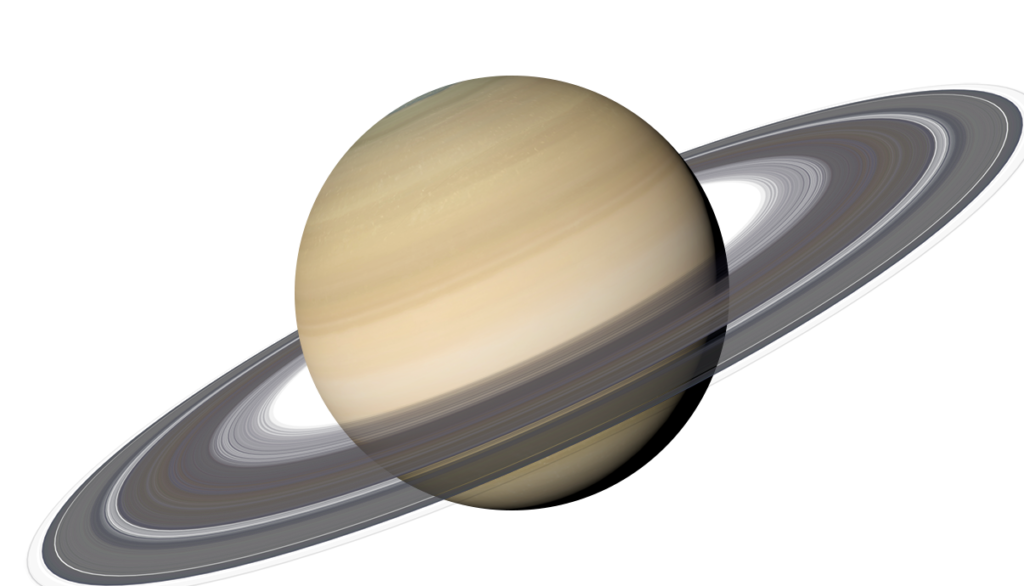
URANUS
Uranus is the seventh planet from the Sun in our solar system and is known for its unique characteristics. Here’s a summary of key aspects about Uranus:
- Size and Composition: Uranus has a diameter of about 50,724 kilometers (31,518 miles), making it the third-largest planet in our solar system. It is classified as an ice giant, primarily composed of hydrogen, helium, and methane. The presence of methane in its atmosphere gives Uranus its distinctive blue-green color.
- Orbit and Rotation: Uranus orbits the Sun at an average distance of approximately 2.8 billion kilometers (1.7 billion miles). It has a tilt of about 98 degrees, which means it rotates on its side compared to most other planets in the solar system. This extreme tilt gives Uranus its unique rotational dynamics, causing its poles to experience long periods of daylight or darkness during its 84-year-long orbit.
- Atmosphere: Uranus has a thick atmosphere primarily composed of hydrogen and helium, with traces of methane. The methane in its atmosphere absorbs red light, giving the planet its blue-green hue. Uranus experiences strong winds, with wind speeds reaching up to 900 kilometers per hour (560 miles per hour) in its upper atmosphere.
- Magnetic Field: Uranus has a unique magnetic field that is tilted relative to its rotational axis. This tilt is believed to result from the planet’s extreme axial tilt. The magnetic field is weaker than that of other gas giants like Jupiter and Saturn.
- Rings and Moons: Uranus has a system of faint rings made up of dark particles, dust, and rocks. These rings were first discovered during a stellar occultation in 1977. Uranus also has 27 known moons, including Titania, Oberon, Umbriel, Ariel, and Miranda. Miranda, one of Uranus’ moons, is particularly notable for its varied and geologically young surface features.
- Exploration: Uranus has been visited by only one spacecraft to date: Voyager 2, which flew by the planet in 1986. Voyager 2 provided valuable data about Uranus’ atmosphere, magnetic field, rings, and moons during its brief encounter.
- Seasons: Uranus experiences extreme seasonal variations due to its axial tilt. Each pole experiences about 21 years of continuous sunlight followed by 21 years of darkness during its orbit around the Sun.
- Future Exploration: While there are no specific missions to Uranus currently in development, there is ongoing scientific interest in studying the planet further. Proposed missions include orbiters and flyby missions that would provide more detailed observations of Uranus’ atmosphere, rings, moons, and magnetic field.
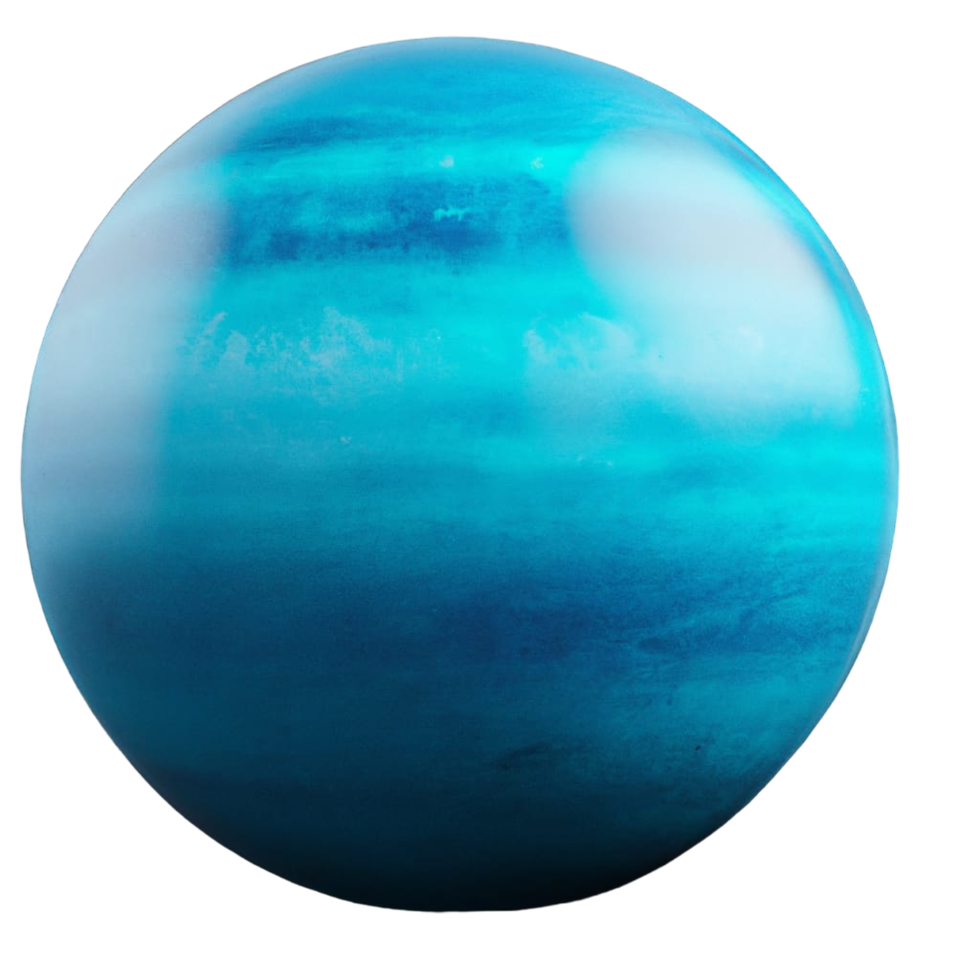
NEPTUNE
Neptune is the eighth and farthest known planet from the Sun in our solar system. Here’s an overview of key aspects about Neptune:
- Size and Composition: Neptune has a diameter of about 49,244 kilometers (30,598 miles), making it the fourth-largest planet in our solar system by diameter and the third-largest by mass. It is classified as an ice giant, consisting mainly of hydrogen, helium, and traces of methane, giving it its distinctive blue color.
- Orbit and Rotation: Neptune orbits the Sun at an average distance of approximately 4.5 billion kilometers (2.8 billion miles), taking about 165 Earth years to complete one orbit. It has a rotation period of about 16.1 hours, making it one of the fastest rotating planets in the solar system.
- Atmosphere: Neptune’s atmosphere is primarily composed of hydrogen and helium, with traces of methane that give it its blue color. The presence of methane in its atmosphere absorbs red light, reflecting blue light, resulting in the planet’s characteristic coloration. Neptune experiences high-speed winds in its atmosphere, with wind speeds reaching up to 2,100 kilometers per hour (1,300 miles per hour), the strongest winds recorded in the solar system.
- Moons: Neptune has a system of 14 known moons, the largest of which is Triton. Triton is unique among the moons of the solar system because it orbits Neptune in a retrograde direction, opposite to the planet’s rotation, suggesting that it may have been captured from the Kuiper Belt, a region beyond Neptune containing icy bodies and dwarf planets.
- Rings: Neptune has a faint and narrow ring system composed mainly of dust particles. The rings were first discovered during stellar occultations in the 1980s and have since been studied in more detail by spacecraft missions.
- Exploration: Neptune has been visited by only one spacecraft to date: Voyager 2, which flew by the planet in 1989. Voyager 2 provided valuable data about Neptune’s atmosphere, magnetic field, rings, and moons during its encounter.
- Interior and Magnetic Field: Neptune has a rocky core surrounded by layers of water, ammonia, and methane ice. It has a magnetic field similar to that of Uranus, which is tilted relative to its rotational axis.
- Future Exploration: While there are no specific missions to Neptune currently in development, ongoing scientific interest in the planet continues. Future missions may focus on further exploring Neptune’s atmosphere, rings, moons, and magnetic field, providing more insights into this distant ice giant.
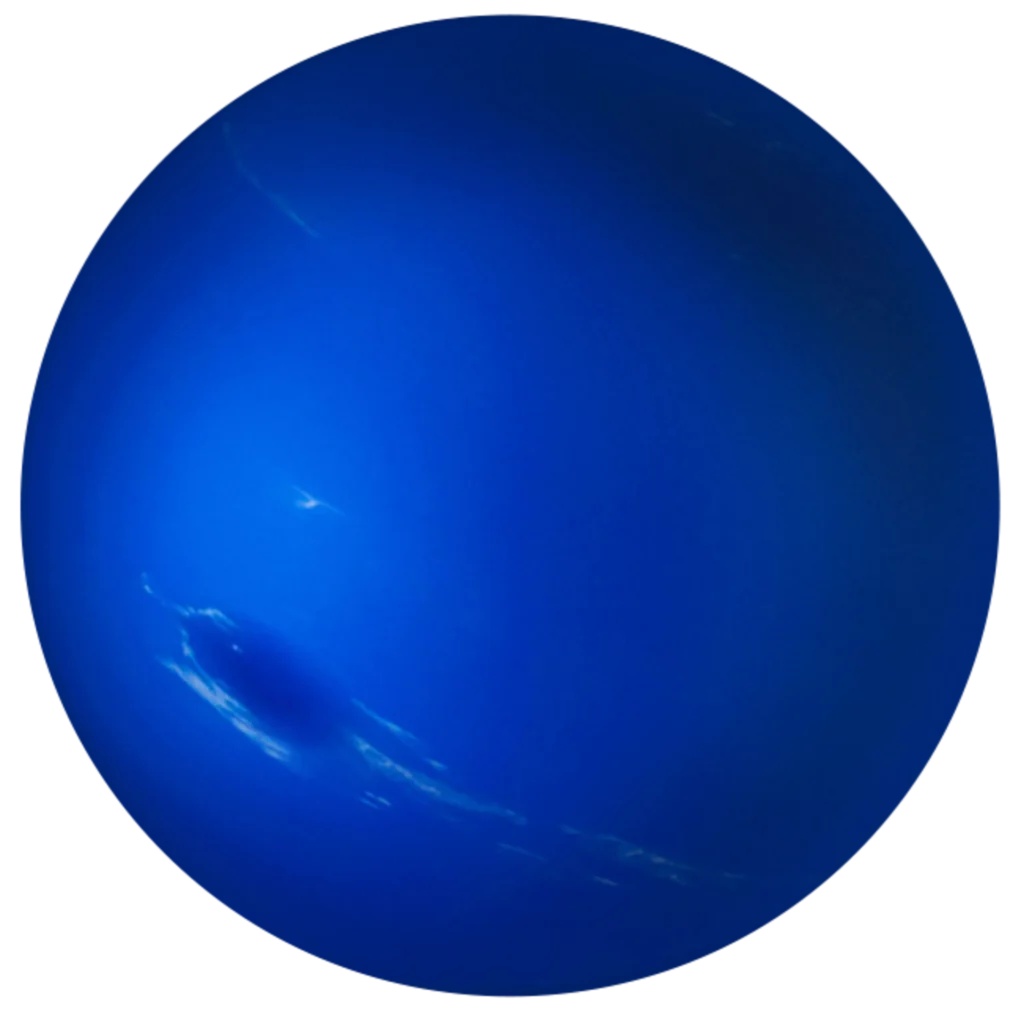
latest video
news via inbox
Nulla turp dis cursus. Integer liberos euismod pretium faucibua




